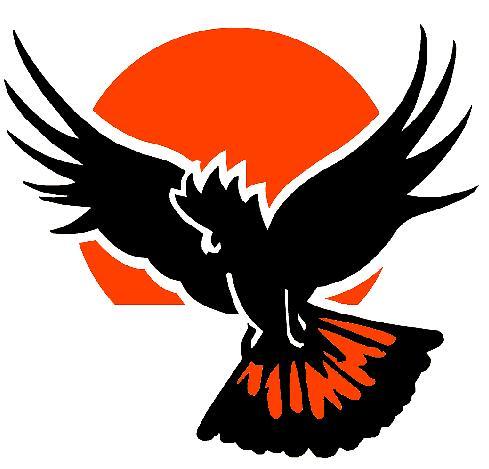Help our Red-tails
Fence off existing stands of Stringybark and Buloke and scattered paddock trees on your property, to protect from stock damage and to allow for natural regeneration.
Incentives for nests
Incentive payments are again being offered to landholders and members of the public for the discovery of new nests sites as part of the Red-tail Nest Incentive Scheme.
Join the count
Although we can’t guarantee you’ll see a Red-tail on the day, we’re sure you’ll enjoy a fun day out in the bush searching for our colourful cockatoos.
Welcome
Members of the public urged to report Red-tail nesting activity
 Image: Bob McPherson
Image: Bob McPherson
The Red-tailed Black-Cockatoo Recovery Team and BirdLife Australia are again calling on landholders and members of the public to help locate new nest sites of the endangered South-eastern Red-tailed Black-Cockatoo (SERTBC).
As the Nest Incentive Scheme is a low risk activity with regards to COVID-19, recovery project staff and volunteers aim to continue the program this year to find new Red-tail nests.
Since 2011, nest incentive payments have been offered to the public for information on new nest sites of the cockatoo across its habitat range in the south-east of South Australia and south-west of Victoria.
Forty new nests have been discovered through the scheme, with the Recovery Team keen to find more nests during the breeding season of September to March. It is important to find nests so we can understand what the birds need to raise their chicks successfully and protect nests from predators such as brush-tail possums.
Payments of $500 will be offered for information which leads to the discovery of new nests.
Red-tails nest in large hollows (15-50cm), which most often occur in very old, large eucalypts such as River Red Gums. Nest hollows can be in dead or live trees, with most nests occurring within 3km of stringybark habitat.
Project Coordinator, Kelsey Bennett is eager to find more nests across the range, especially in South Australia where there are very few known nests.
“A total of nine new Red-tail nests were discovered last season which was very exciting,” said Kelsey. “We are hoping to continue with that success this year and find even more nests across the range.”
All Recovery Project personnel will strictly follow COVID guidelines while conducting nest checks, including social distancing and hygiene practices carrying hand washing and cleaning equipment in vehicles.
“We have Recovery Team members residing in both SA and Victoria so no matter which side of the border you live on, a team member will be able to confirm whether a nest is active or not,” said Kelsey.
We are asking anyone that sees Red-tails or observes nesting behaviour, particularly single males or pairs of birds, to report their sightings to the Coordinator by calling 1800 262 062 or via email redtail@birdlife.org.au. All we need is the date and time of sighting, number of Red-tails, the location (preferably a grid reference), and what the birds were doing (e.g. feeding, flying, drinking etc).
“We understand that some landholders are concerned about the impact that discovering a nest on their property may have on their farm,” Kelsey continued. “We would like to assure them that there are no negative consequences involved with reporting a nest to the Recovery Team, as we simply want to monitor each nest from a distance and protect them from terrestrial predators.”
There are a number of conditions required when applying for the scheme, with incentive payments only made once the sighting has been confirmed. Guidelines for the nest incentive scheme and information on Red-tail nesting behaviour can be found here.
The SERTBC Recovery Program is managed by BirdLife Australia. This project is supported by the Limestone Coast Landscape Board, Wimmera Catchment Management Authority and Glenelg Hopkins Catchment Management Authority through funding from the Australian Government’s National Landcare Program.
Redtail News
-
BirdLife Australia and the Recovery Team are once again looking for volunteers to assist with the 2024 annual count for the nationally endangered South-eastern Red-tailed Black-Cockatoo.
This year the count will be held on Saturday 4 May across the cockatoo’s range in the South East of South Australia and South-west Victoria.
More%20edit.jpg)
-
Feb 14, 2014
Latest Video
.png)







